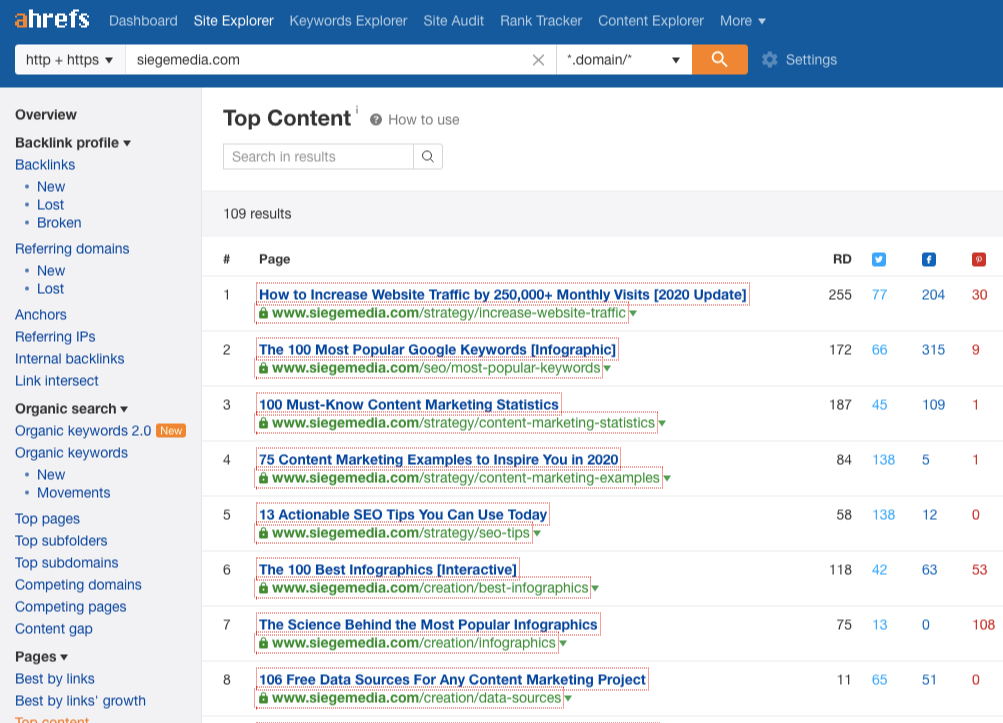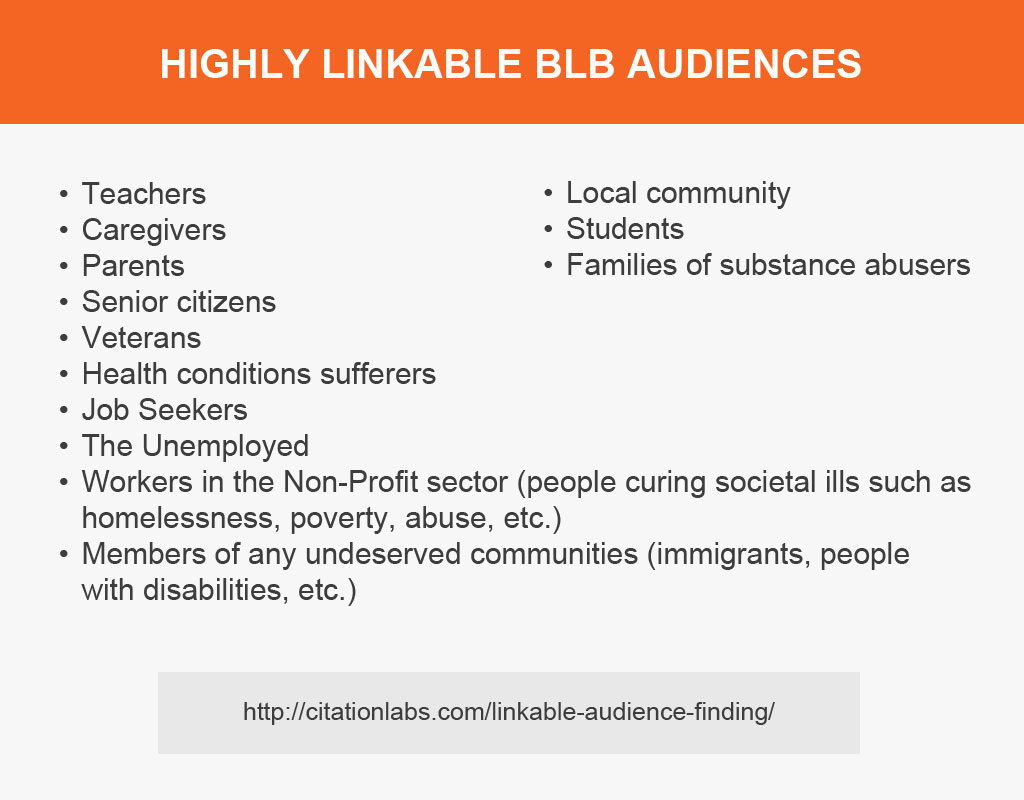by Venchito Tampon Jr | Last Updated on October 24, 2021
Content marketing is not that easy. It takes efforts, processes, and resources to create consistent content for your business.
Whether you think you don’t have the time to market your business with content, or you think you can’t follow through with your content calendar, or as simple as you don’t know where to start, there is a way to get through this.

In this post, we cover the four steps to help you create consistent content for your business.
How to Create Consistent Content For Your Business
1. Systematize Your Content Creation Process
What gives you consistent results is a process that provides consistent output.
Like following any system (e.g. ordering a food), you would expect an outcome based on your inputs. The better your resources (inputs) and the smoother flow going through from step one to step two until it reaches its desired destination (last step), the higher the quality output you can expect from it.
Different businesses have different methods of creating content based on resources, industry context and expertise, brand guidelines, and other pertinent factors to content creation.
Regardless, there are two overlooked initiatives before actual content creation: analyzing and strategizing content assets.
Oftentimes marketers jump off to content creation without performing a content audit and taking any derived analysis to validate relevant content.
Two Overlooked Initiatives Preceding Content Creation
Analysis Through Content Audit and Content Inventory
What content audit does is that it allows you to discover where your direct competitors are currently ranking so you can find target keywords and topics with traffic opportunities.
You can check out this guide on competitor analysis for content creation. With the help of Ahrefs, you can easily export data into CSV and have it organized in Google Sheets.

Besides competitor analysis, what you can also do is have a content inventory of your website.
Here is a good definition of content inventory.
“A content inventory is a complete listing of every page on your website, with associated meta information and metrics, which allows you to make both general and specific evaluations of your website content.”
I’ve covered a detailed guide on content inventory that shows five quick action plans to get started with the process.
Here is a quick summary of these action plans.
- Identify content archives worthy of updates
- Dig into pages for BLB promotion
- Generate ideas for future content pieces
- Build internal links from top linking pages
- Match old content to current search strings
Strategize Through Brainstorming and Topic Validation
After you have collected data to get insights for your content, your next step is to brainstorm which topics best suits your needs.
This is the activity wherein you validate the idea if it has the potential for traffic and links. By looking at the number of referring domains to the rankings pages for that topic (doing a Google search for it) and by seeing overlapping linkable audiences you can tap later on.

You may want to check this video by Peng Joon to help you with gaining more clarity with systems using Trello.
2. Schedule Content Onto Your Calendar
Procrastination is one of the biggest barriers to getting things done.
One way to break this barrier is by scheduling your activities.
What you only have to do is to follow your schedules and stick to it no matter what.
The same goes when you want to create consistent content for your business. If you want to beat procrastinating publishing content every week, you have to schedule content on your calendar.
By doing so, you design a specific day and time just for a content creation activity.
You can chop your content creation process the four parts:
- Ideation
- Drafting (Content Writing)
- Proofreading
- Designing
- Publishing
You can add more steps to the process that you think fits better to your own context as a content manager, content creator, entrepreneur, or agency owner.
You can schedule each of the activities above in a day and time (e.g. Ideation on Monday 9AM). By having a specific routine every week just for a task, you semi-automate the entire planning stage — as you don’t have to think about what to do next once you’re done with the first activity.
That’s how powerful scheduling is.
3. Seek for Others’ Deadlines To Get It Done Quickly
Accountability is a key factor to remain consistent in what you are doing. By allowing people to supervise you or lean on their own set of deadlines, you don’t allow yourself to procrastinate activities.
When working with editors, proofreaders, graphic designers, or outsourcing writers, it’s important to set deadlines for each activity or campaign.
By doing so, you begin with the end in mind.
Don’t let any step overlooked or unexecuted properly.
4. Simplify Through Batching
Systems, scheduling, and seeking other people’s help and deadlines help you create consistent and sustainable evergreen content for your business.
Another thing you want to do is simplifying it more through batching.
What is batching?
Batching is the act of grouping tasks together, so you do them all at once, instead of switching between tasks that take place in different programs or areas.
Instead of you switching your focus and trying to regain it when you get distracted, you batch group all similar tasks in a specific day and time.
Instead of you scheduling ideation of topics for 5 campaigns on different days of the week, you simply schedule all the ideation tasks on Monday (for example).
By doing so, you achieve what Cal Newport says as, “Deep Work” where you perform a state of distraction-free concentration that gives your efforts and skills a new level and value.
Result Takes Time
Don’t expect immediate results when you systematize your process, schedule content on your calendar, seek for other people’s help and deadline, and simplify things through batching.
However, when you do these things to create consistent content, you achieve progress and compounding results in your business.
Get to your vision straight.
Improve your habits through consistent efforts.
The Author
Venchito Tampon Jr
Venchito Tampon is a Filipino Motivational Speaker, Corporate Trainer, and a Leadership Speaker in the Philippines. He is the CEO and Co-Founder of SharpRocket, a link building agency. With a decade of experience, Venchito has a proven track record of leading hundreds of successful SEO (link builidng) campaigns across competitive industries like finance, B2B, legal, and SaaS. His expert advice as a link building expert has been featured in renowned publications such as Semrush, Ahrefs, Huffington Post and Forbes. He is also an international SEO spoken and has delivered talks in SEO Zraz, Asia Pacific Affiliate Summit in Singapore, and Search Marketing Summit in Sydney, Australia. Check out his other businesses, Hills & Valleys Cafe, Blend N Sips and Saas Pursuit.
How our LINK BUILDING AGENCY builds 250 links/mo consistently using Predictable Link Building Methodology™…
- Using a SIMPLE and PROVEN system
- Using a SCALABLE strategy
- No private blog networks
- No creepy outreach emails
